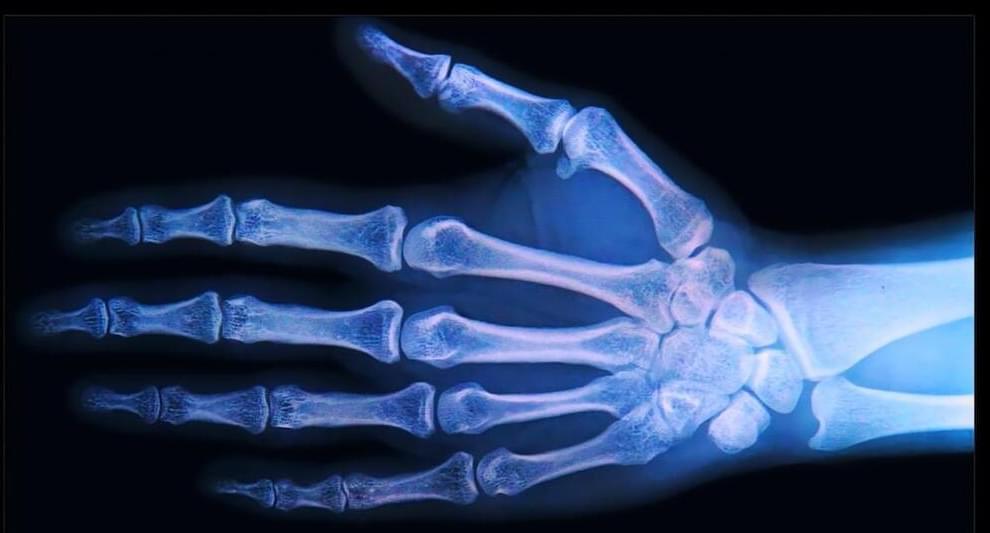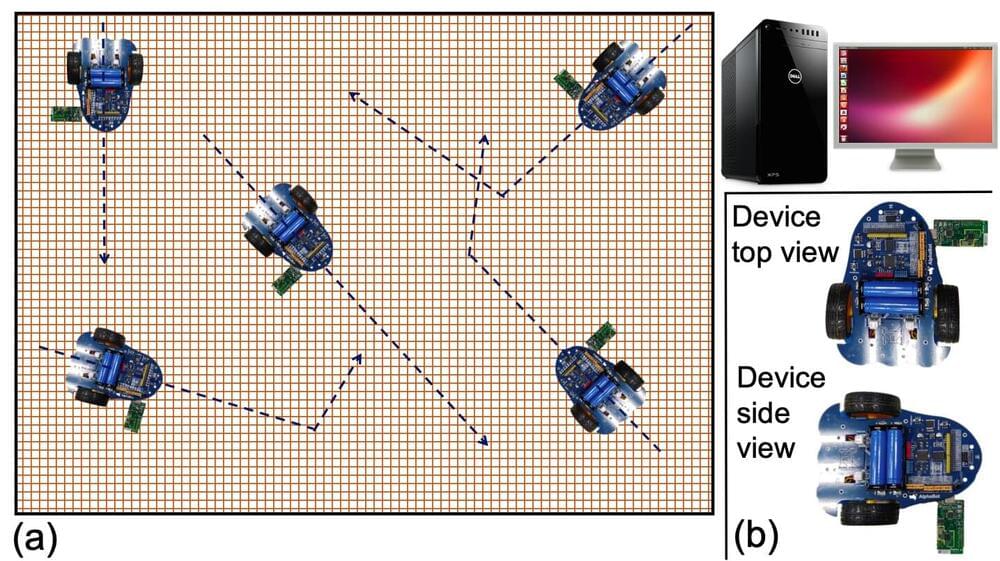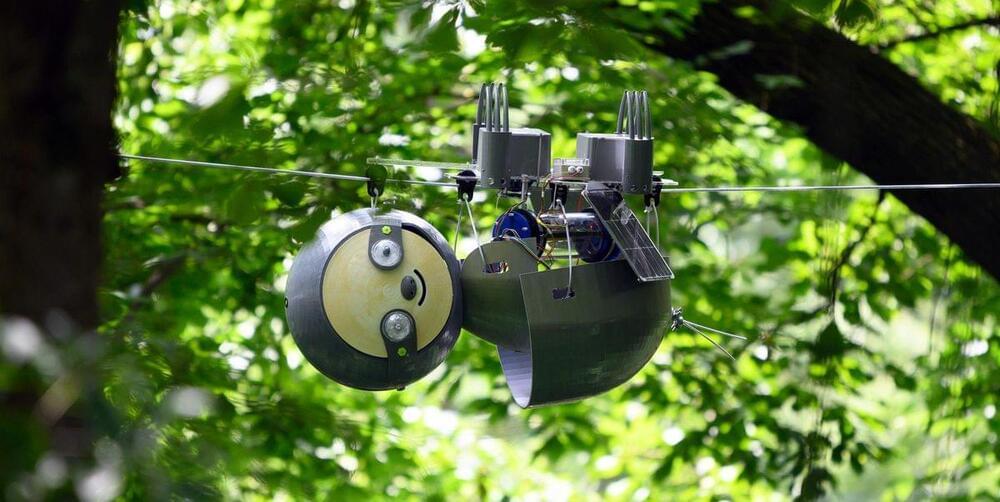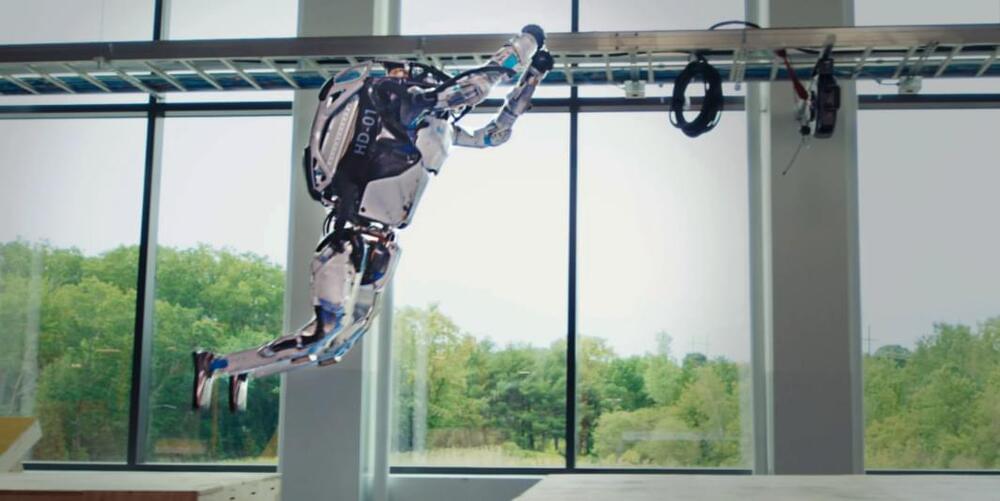A new stem cell-based bioimplant could help the millions of people who suffer from osteoarthritis avoid surgeries.
The car market is changing, and quickly.
it seems combustion engines are declining quickly in popularity, as electric vehicles, led by @Tesla 0, are taking the market by storm, selling as fast as they can be produced, and outselling all but the very cheapest city cars in most markets.
But are they for you?
Do they have the range and can you afford to make the switch?
Well in this video I take the most important factors and line the two up, head to head, to give you the answers you need.
So sit back and enjoy the ride, because the future is coming, faster than anyone predicted.
Researchers at the Indian Institute of Technology Bhubaneswar, in collaboration with TCS Research and Wageningen University, recently devised a new strategy that could improve coordination among different robots tackling complex missions as a team. This strategy, introduced in a paper pre-published on arXiv, is based on a split-architecture that addresses communication and computations separately, while periodically coordinating the two to achieve optimal results.
The researchers’ paper was recently presented at the IEEE RoboCom 2022 conference, held in conjunction with IEEE CCNC 2022, a top tier conference in the field of networking and distributed computing. At IEEE RoboCom 2022, it received the Best Paper Award.
“Swarm-robotics is on the path to becoming a key tool for human civilization,” Dr. Sudipta Saha, the lead researcher of the team that carried out the study, told TechXplore. “For instance, in medical science, it will be necessary to use numerous nano-bots to boost immune-therapy, targeted and effective drug transfer, etc.; while in the army it will be necessary for exploring unknown terrains that are hard for humans to enter, enabling agile supervision of borders and similar activities. In construction, it can enable technologies such as large-scale 3D printing and in agriculture it can help to monitor crop health and intervene to improve yields.”
Does the advent of machine learning mean the classic methodology of hypothesise, predict and test has had its day?
Suspended beneath a thick canopy of trees, the sloth inches along with slow strides. Painfully slow. Intentionally slow. Crawling high up among the branches, traipsing along a 100-foot steel cable, the little creature is like a lethargic acrobat. But its goal is not to delight or to put on a show; in fact, just the opposite. This sloth is all about stealth, observation, and collecting as much sunlight as possible.
After all, this is a solar-powered robot.
What are the weird radio waves detected in deep space known as ASKAP J173608.2–321635, and how can astronomers hope to solve the mystery?
Sand dunes seen from afar seem smooth and unwrinkled, like silk sheets spread across the desert. But a closer inspection reveals much more. As you approach the dunes, you may notice ripples in the sand. Touch the surface and you would find individual grains. The same is true for digital images: zoom far enough into an apparently perfect portrait and you will discover the distinct pixels that make the picture.
Korea Zinc’s boosts bid to make its Australian operations greenest in the world, in deal with Swiss “giga-scale” energy storage company, Energy Vault.
Xage, which offers zero trust identity security for operational technology customers, raised a $30 million series B to scale its deployments.
Parkour is not for the weak-hearted. Luckily, the two latest freerunning champs don’t have a heart at all because, you know, they’re robots.
In a YouTube video released Tuesday, Boston Dynamics—the Waltham, Massachusetts-based robotics company known for its viral clips of machines performing surprisingly human activities—shows off two humanoid robots (both named Atlas) performing the leaps, bounds, and backflips required to complete a parkour course.
The first robot hops across wooden ramps, climbs stairs, and jumps across several-foot-wide chasms between obstacles before a second robot picks up the routine, running across a balance beam à la Simone Biles. By the end of the video, the robots have hopped over pieces of the course as you might leap over a fence, performed backflips in sync, and even dusted off their shoulders like it’s nothing.








